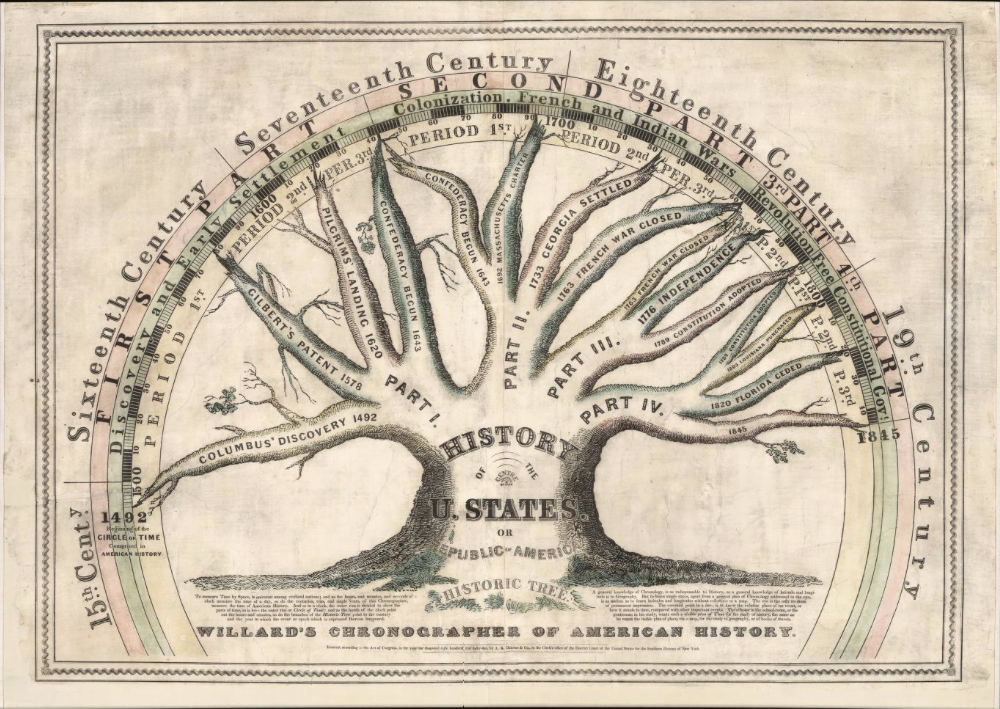A recent item for sale in the rare-book trade caught my eye. Boston Rare Maps had a series of twelve maps created by America’s first female mapmaker, Emma Willard. They were to accompany a textbook she had written, first issued in 1828. The maps for sale were from the second edition.
Willard is well-known to historians of the early republic as a pioneering educator, the founder of what is now called the Emma Willard School, in Troy, New York. But she was also a versatile writer, publisher and, yes, mapmaker. She used every tool available to teach young readers (and especially young women) how to see history in creative new ways. If the available textbooks were tedious (and they were), she would write better ones. If they lacked illustrations, she would provide them. If maps would help, so be it: she would fill in that gap as well. She worked with engravers and printers to get it done. She was finding her way forward in a male-dominated world, with no map to guide her. So she made one herself.
The maps for sale show North America in twelve different snapshots. I say “snapshots” because Willard was such an inventive visual thinker. On the eve of photography, she was thinking hard about how to capture a big story inside a single striking image.
The first map shows “the location and wanderings of the aboriginal tribes,” using color swatches to show how the tribes moved great distances (including, in one instance, off the actual border of the map and into the margin).
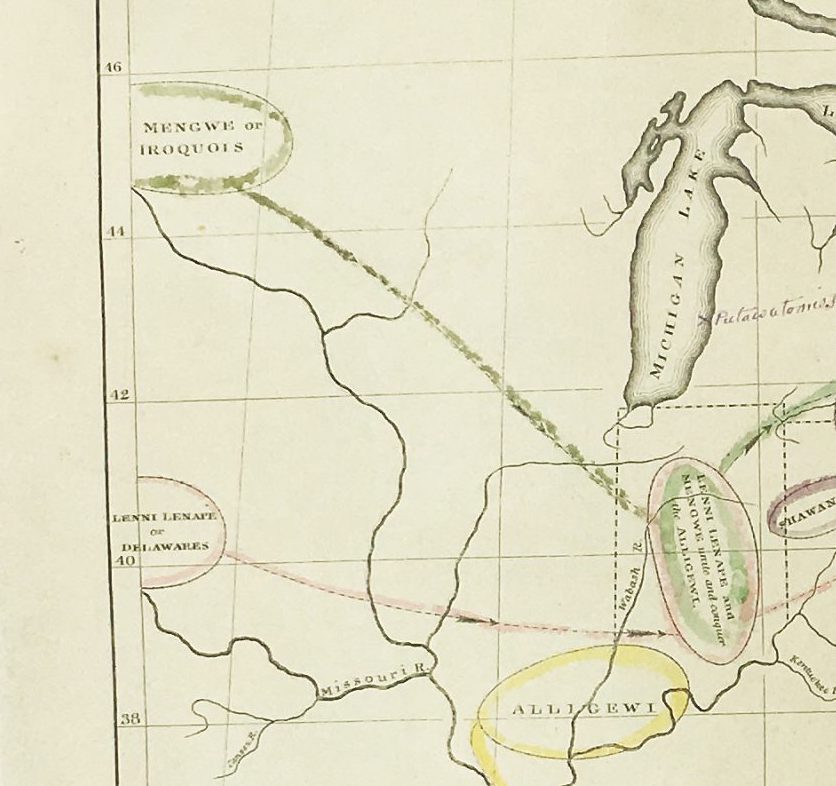
Is this a veiled critique of the policies that had proved so damaging to Native Americans and were about to accelerate in the presidency of Andrew Jackson?
The other maps are highly visual as well. Willard shows ships sailing across the ocean and doesn’t hesitate to show slave traders among them.
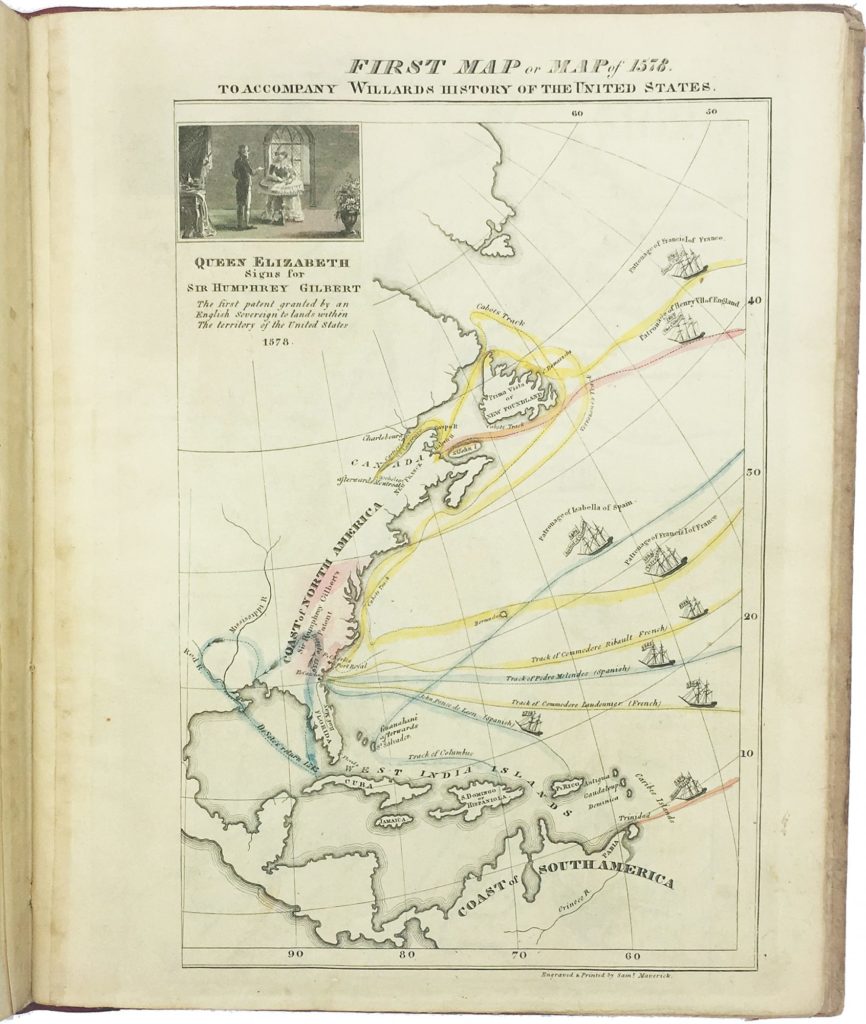
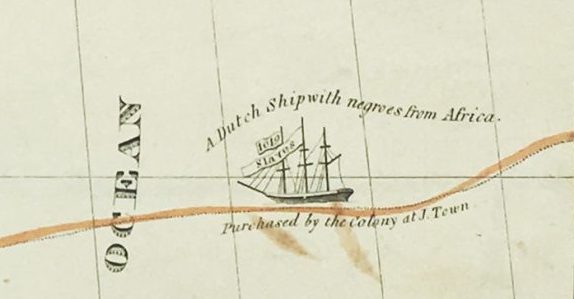
Willard liked trees. In the upper-right of one of the maps, she uses a tree trunk to symbolize an early New England alliance of colonies:
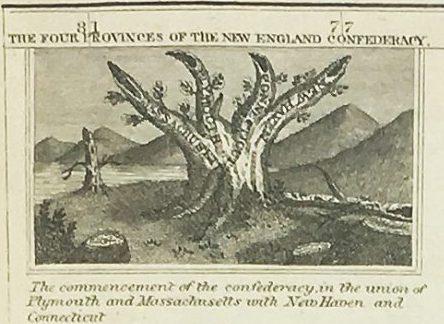
In another textbook, she uses a large tree to show all of American history growing out of the earth:
